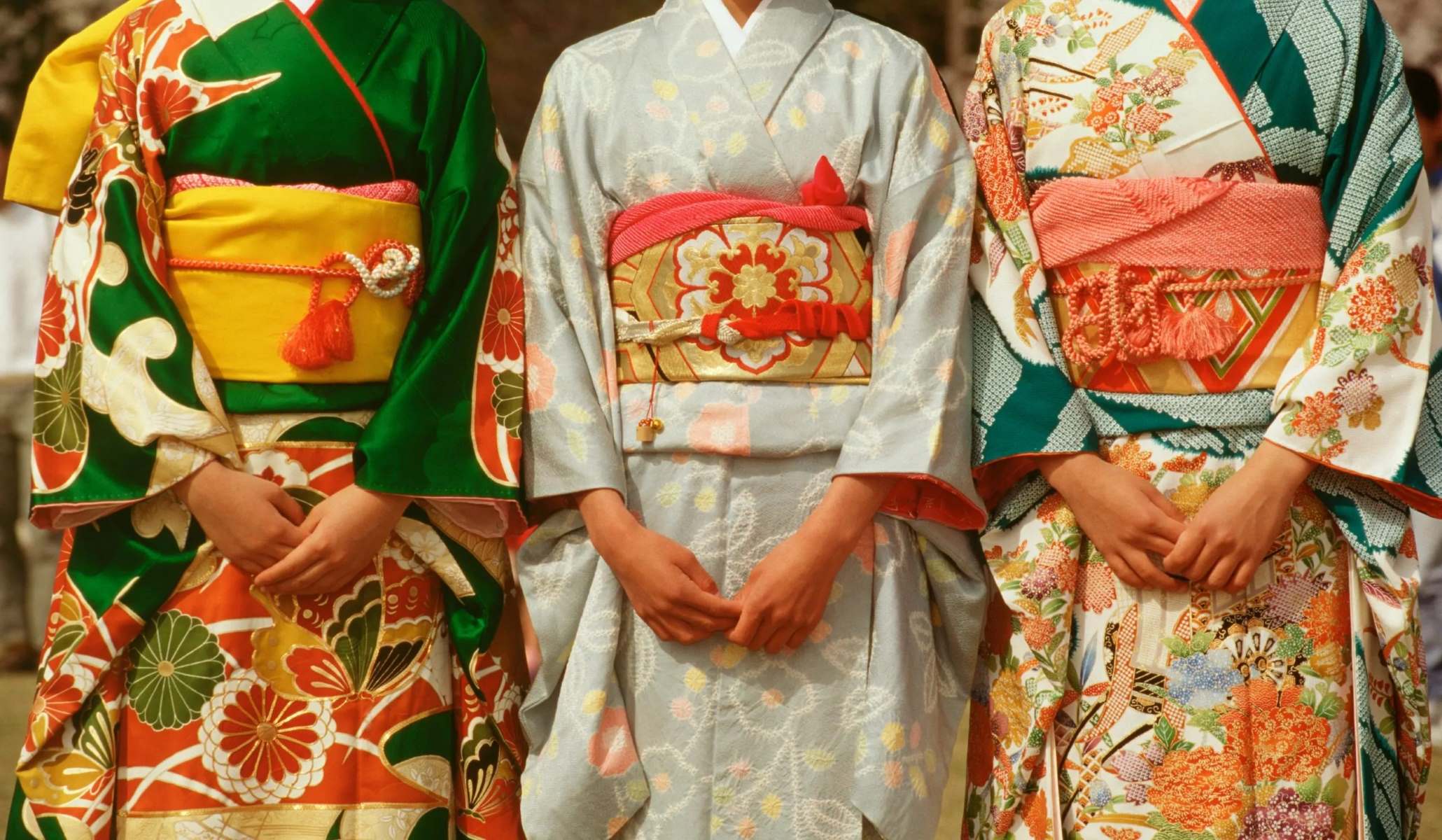The Fascinating Evolution Of The Japanese Kimono

The Japanese kimono has a rich history that spans over a thousand years. Originally worn by the aristocracy during the Heian period, this traditional garment has evolved through various eras, each adding unique elements to its design. From the vibrant colors and intricate patterns of the Edo period to the more subdued styles of the Meiji era, the kimono reflects Japan's cultural shifts. Today, it remains a symbol of Japanese heritage, often worn during special occasions like weddings and tea ceremonies. Understanding the kimono's journey offers a glimpse into Japan's past, showcasing how tradition and modernity can beautifully coexist.
The Origins of the Kimono
The kimono has a rich history dating back over a thousand years. Initially influenced by Chinese fashion, it evolved into a unique Japanese garment. Let's explore some key places where you can learn about its origins.
Kyoto National Museum: This museum houses ancient kimonos and provides insights into their early designs and materials.
Nara National Museum: Located in Japan's first permanent capital, it showcases artifacts from the Nara period, including early kimono styles.
Tokyo National Museum: Offers a comprehensive look at the kimono's evolution, with exhibits spanning several centuries.
The Heian Period: A Flourishing Era
During the Heian period (794-1185), the kimono became more elaborate and colorful. Aristocrats wore multiple layers, each representing different seasons or occasions. Here are some places to see Heian period kimonos.
Byodoin Temple: This temple in Uji displays Heian-era art, including depictions of kimonos in its famous Phoenix Hall.
Kyoto Imperial Palace: Once the residence of the Emperor, it offers a glimpse into the luxurious life of Heian aristocrats and their intricate kimonos.
Osaka Museum of History: Features exhibits on the Heian period, including replicas of the multi-layered kimonos worn by court ladies.
Edo Period: The Rise of Commoner Fashion
The Edo period (1603-1868) saw the kimono become popular among commoners. Simple yet elegant designs emerged, reflecting the tastes of the merchant class. Discover Edo period kimonos at these locations.
Edo-Tokyo Museum: Chronicles the history of Tokyo, including the everyday kimonos worn by Edo's residents.
Kawagoe City Museum: Located in a town that retains its Edo-period charm, this museum showcases kimonos from that era.
Fukagawa Edo Museum: Offers a recreated Edo-period town where you can see how kimonos were part of daily life.
Meiji Period: Western Influence
The Meiji period (1868-1912) brought significant changes as Japan opened up to the West. Kimonos began to incorporate Western elements, blending tradition with modernity. Visit these places to see Meiji period kimonos.
Meiji Mura Museum: An open-air museum in Inuyama, it features buildings from the Meiji period and exhibits on the era's fashion, including kimonos.
Kyoto Costume Institute: Specializes in the history of Japanese clothing, with a focus on the Meiji period's fusion of Western and Japanese styles.
Osaka Museum of Housing and Living: Offers a look at Meiji period homes and the kimonos worn by their inhabitants.
Modern Kimono: Tradition Meets Innovation
Today, the kimono continues to evolve, blending traditional craftsmanship with contemporary designs. Modern kimonos are worn for special occasions and as fashion statements. Explore modern kimono culture at these spots.
Tokyo Kimono Museum: Showcases contemporary kimono designs and the work of modern kimono artists.
Kyoto Nishijin Textile Center: Offers demonstrations of traditional kimono weaving techniques and displays of modern kimonos.
Shitamachi Tanabata Festival: Held in Tokyo, this festival features parades where participants wear both traditional and modern kimonos, celebrating the garment's enduring appeal.
The Kimono's Enduring Legacy
The Japanese kimono has evolved from a practical garment to a symbol of Japanese culture and artistry. Its journey from everyday wear to ceremonial attire reflects Japan's rich history and changing societal norms. Today, the kimono continues to inspire fashion designers worldwide, blending traditional elements with modern trends. Wearing a kimono is not just about fashion; it's about embracing a piece of history and tradition. Whether seen in festivals, weddings, or even on the streets of Tokyo, the kimono remains a timeless icon. Its intricate designs and craftsmanship tell stories of the past while adapting to the present. As we look to the future, the kimono will undoubtedly continue to evolve, maintaining its place as a cherished symbol of Japanese heritage. The kimono's legacy endures, bridging the gap between ancient traditions and contemporary fashion.

